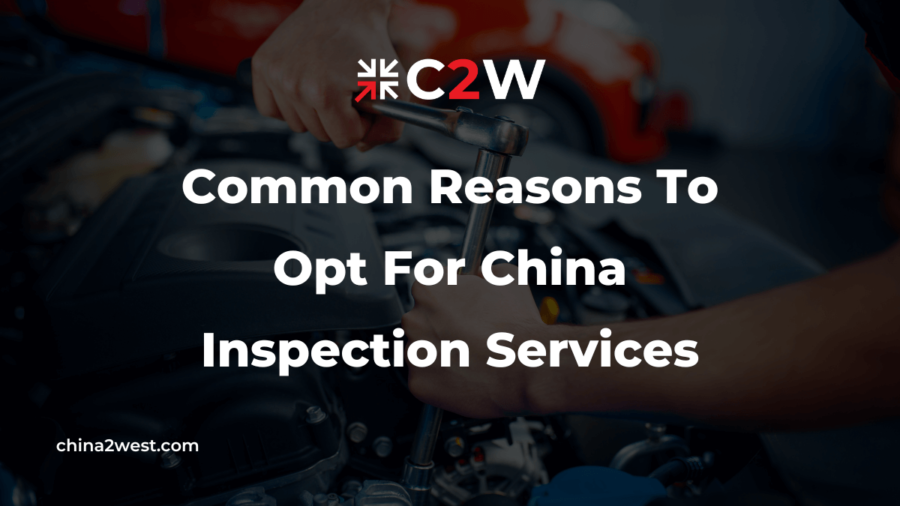First article inspection (FAI) is a crucial process in the manufacturing and engineering sectors, ensuring that every product batch meets stringent quality and compliance standards before mass production begins. Quality control is a key aspect of any manufacturing process, and FAI plays a vital role in ensuring that products meet customer requirements and regulatory standards. In this blog post, we will explore the essentials of FAI, including its importance, methodology, benefits, common challenges, and best practices.
Understanding First Article Inspection
At its core, First Article Inspection, or FAI, is a detailed verification process, meticulously designed to confirm that a product’s first output from the manufacturing line strictly adheres to all predefined requirements. This procedure serves as a proactive measure, focusing on a single unit—or a small batch of units—at the onset of production. By doing so, FAI enables manufacturers to scrutinize and validate that the product’s design, materials, dimensions, and overall functionality align with the specified standards and expectations.
This inspection encompasses a broad spectrum of checks, including dimensional accuracy, material verification, and functional performance, against the comprehensive design specifications. The aim is to ensure not only that the product is built correctly but also that the manufacturing process is capable of consistently producing items of equivalent quality. Critical to this process is the examination of detailed documentation, which outlines the product’s design, the materials used, and the expected performance metrics. Such documentation plays a pivotal role, serving as the benchmark against which the first article is assessed.
The Critical Importance of FAI in Quality Control
The pivotal role of FAI in quality control cannot be overstated. It acts as the initial checkpoint, ensuring every aspect of the product aligns with stringent design specifications and quality standards. This process is essential in pinpointing discrepancies that, if left unchecked, could lead to significant defects or non-conformities in mass-produced items. Early detection through FAI enables manufacturers to address potential issues at the outset, significantly reducing the likelihood of costly mistakes further down the production line.
FAI also serves as a proactive measure for safeguarding against the risks associated with defective products entering the market. By ensuring the first article meets all requirements, manufacturers can avoid the ramifications of product recalls, customer dissatisfaction, and potential legal issues—all of which can have lasting impacts on a company’s reputation and financial health. Furthermore, this inspection process plays a crucial role in validating the manufacturing process itself, confirming that it is not only capable of producing items that meet design criteria but also of maintaining consistent quality across subsequent production runs.
This emphasis on early and thorough inspection underscores FAI’s vital contribution to maintaining rigorous quality control standards. Through meticulous verification and validation, FAI supports the overarching goal of delivering superior products that meet both customer expectations and regulatory compliances, ensuring that every item leaving the production line embodies the pinnacle of quality and reliability.
Step-by-Step Methodology of Conducting an FAI
The methodology of conducting an FAI involves a comprehensive and systematic approach to ensure that the initial production unit meets all predefined specifications and quality benchmarks.
Gather Documentation
Begin with assembling all necessary documentation which includes design records, material specifications, engineering drawings, and other relevant documents. These documents serve as the foundation for the inspection to ensure that all product specifications are met.
Select the First Article
The first article can be a single unit or a pre-determined batch from the first production run. It is essential that the selected sample represents what will be produced in mass quantities.
FAI Reporting
The final step involves reporting the inspection outcomes to all relevant stakeholders, including design, manufacturing, and quality assurance teams. This collaborative review of the FAI report facilitates informed decision-making regarding the approval of the production batch or the need for corrective actions, ensuring that the manufacturing process proceeds with a clear understanding of quality expectations and requirements.
Key Benefits of Implementing First Article Inspection
The adoption of First Article Inspection within the manufacturing and engineering spheres brings a multitude of advantages, pivotal for maintaining high-quality production standards. Here are the key benefits of implementing First Article Inspection in your manufacturing operations.
1. Enhanced Product Quality and Consistency
The primary goal of First Article Inspection is to verify that product specifications are being met before full-scale production begins. FAI involves a detailed examination of the first unit produced to ensure it complies with the design drawings, specifications, and regulatory requirements. This proactive approach helps in identifying potential issues that could affect product quality and consistency early in the production cycle. By addressing these issues upfront, manufacturers can avoid the costly repercussions of non-conformity and ensure that each product is built to the highest standards.
2. Reduced Manufacturing Costs
Detecting defects after production has commenced can be extremely costly. However, with FAI, manufacturers can identify and rectify defects at the very beginning of the manufacturing process. This early detection limits the waste of materials and resources spent on producing defective products. Additionally, it reduces the need for reworks or recalls, which can be financially draining and damaging to a company’s reputation. In essence, FAI serves as an investment that pays dividends through reduced manufacturing costs and enhanced efficiency.
3. Accelerated Time to Market
Time is of the essence in manufacturing, and any delays can lead to missed opportunities and lost revenue. FAI facilitates a smoother, faster production process by ensuring that all issues are resolved before they can cause significant delays. This streamlined approach not only accelerates the time to market but also provides more predictability in production scheduling. Manufacturers can plan their production cycles more effectively and meet delivery commitments with greater confidence, providing a competitive edge in the market.
4. Improved Supplier Relationships and Material Compliance
First Article Inspection also plays a vital role in supplier management. By enforcing FAI processes, manufacturers require their suppliers to adhere to strict quality standards from the start. This not only improves the quality of incoming materials but also fosters stronger, more reliable relationships with suppliers. Furthermore, FAI ensures compliance with all relevant industry standards and regulations, which is crucial for avoiding legal issues and maintaining good corporate governance.
5. Continuous Improvement and Innovation
Implementing FAI is not a one-time activity but a part of a continuous improvement ethos. The insights gained from initial inspections provide valuable data that can be used to refine manufacturing processes and product designs. This iterative process encourages innovation, as manufacturers are continually adapting and improving their products and processes based on real-world data. Over time, this leads to higher efficiency, better products, and a stronger market position. If you’re looking to integrate or enhance FAI processes within your operations, our team is here to assist. Contact us today to learn how we can help you achieve manufacturing excellence with effective FAI strategies. Reach out via email or visit our website. We look forward to partnering with you to drive quality and innovation in your production lines.




